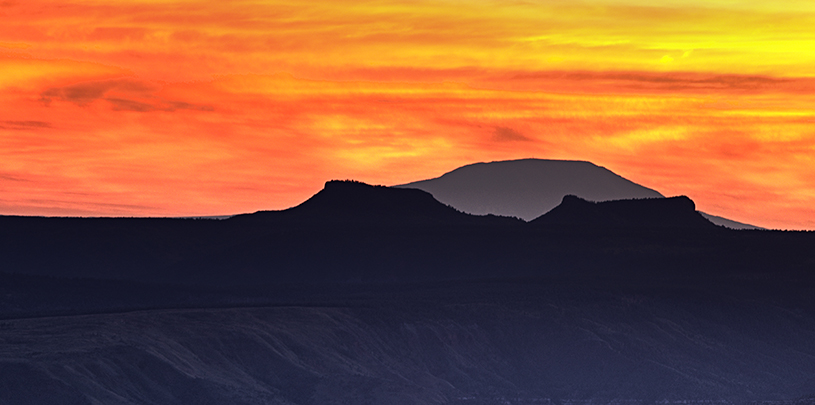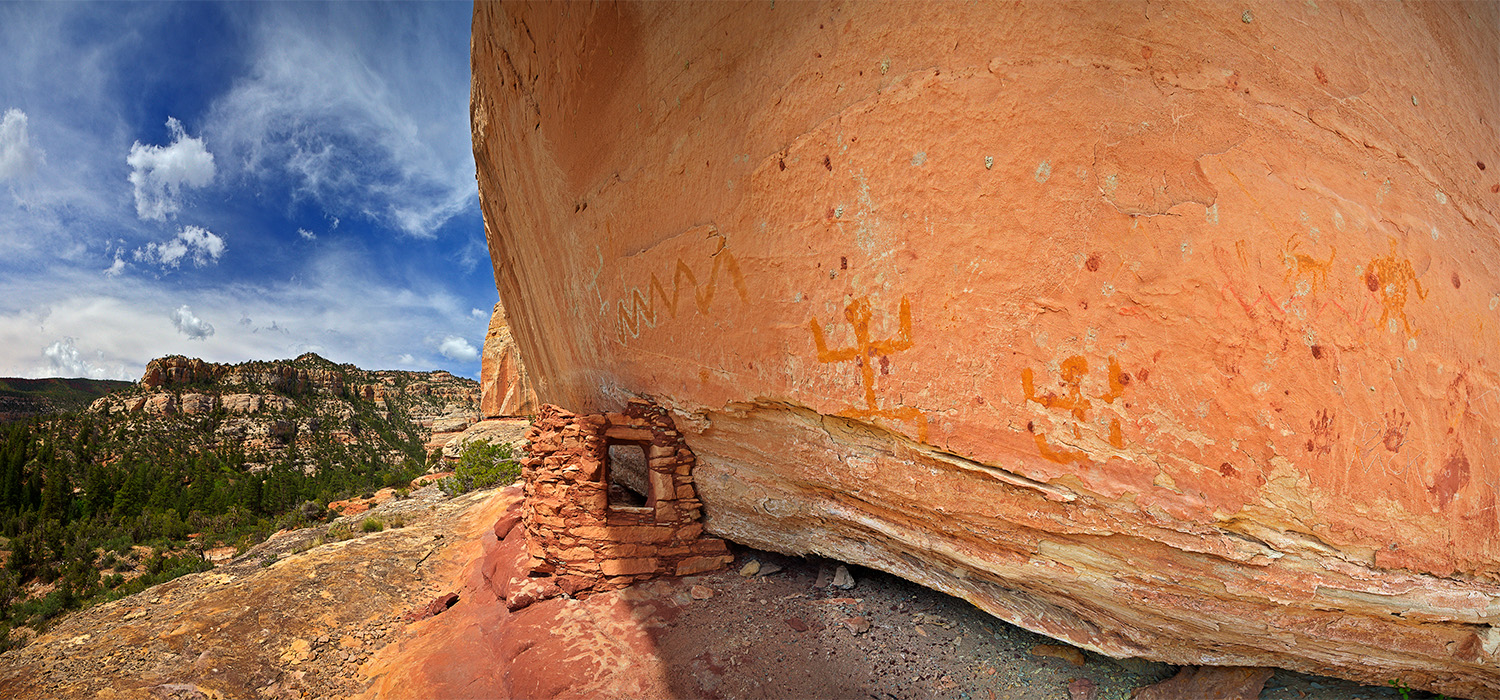
 by Tim Peterson, Utah Wildlands Director
by Tim Peterson, Utah Wildlands Director
Yesterday, Interior Secretary Ryan Zinke quietly forwarded his final recommendations for 27 public lands national monuments to the White House, as required by President Trump’s April executive order. But the recommendations remain under wraps, contradicting a statement he made at the beginning of the process:
“…I’m going to review it in a transparent matter to make sure… we have a voice,” Zinke told reporters in April. “The process is transparent.”
The secretary was very public about his recommendations until yesterday, “pardoning” one monument after another as he made his way across the West this spring and summer, meeting primarily with national monument opponents and mostly snubbing tribes, local business owners, and other monument backers. Zinke’s openness about his recommendations ended yesterday, though, as millions across America waited anxiously to see the results of his work.
Instead of his report, we got a one and a half page summary that contains no specifics, makes no recommendations, details no boundary adjustments, and casually dismisses the voices of millions of people who spoke in support of keeping our national monuments as they are.
We do know that the secretary recommends shrinking Bears Ears National Monument — his interim report in June said as much. We were expecting details on just how much and where he plans to downsize Bears Ears yesterday, but we did not get them.
The only further information comes from media reports citing some “who have been briefed” on the report at the White House. They divulged to D.C. reporters late yesterday that the recommendations include shrinking at least four national monuments — Bears Ears, Grand Staircase-Escalante, and two others. Will the president act unilaterally? Will recommendations be made to a dysfunctional Congress? We just don’t know.
The question remains — why can’t the public read the secretary’s recommendations? One reason might be that today is the 101st anniversary of the National Park Service, which Secretary Zinke is celebrating at Great Smoky Mountain. It would be bad P.R. to recommend eviscerating national monuments yesterday while celebrating national parks today. The National Park Service, after all, manages presidentially-proclaimed national monuments like the Grand Canyon, Zion, and Bryce Canyon that have since become national parks.
Secretary Zinke’s attempt to hide his recommendations could also be due to the unpopularity of what the specifics might contain. During the public comment period, monument supporters — conservation groups, tribes, businesses, sportsmen, recreationalists — voiced their position in overwhelming numbers. According to an analysis by Key Log Economics, of the 2.4 million public comments submitted to the Department of the Interior, 99.2 percent of respondents favored leaving our national monuments alone.
In the end, Secretary Zinke’s review process has proven neither rigorous nor transparent. His final report summary also leaves us wondering on the fate of the Colorado Plateau monuments that have not been “pardoned” by the Secretary - Bears Ears, Grand Staircase-Escalante, Vermilion Cliffs, and Gold Butte. We are now asking the secretary to show his work. If the product can stand up to public scrutiny about the public’s lands, why the secrecy?
Know that the Grand Canyon Trust stands with the American public — any changes to our treasured national monuments are unacceptable. We will litigate any presidential action on Bears Ears, Vermilion Cliffs, or Grand Staircase-Escalante national monuments that results from Zinke’s unseen recommendations. We stand behind the Native American nations that worked so hard to protect Bears Ears, and we’ll continue to advocate for the interests of national monument-loving Americans.

Cultural landscapes are full of stories, artifacts, and resources to appreciate. Here's how ›
Proposal to build massive communications tower on state lands inside Bears Ears National Monument withdrawn
Read MoreThe Navajo Nation and communities along the haul route oppose uranium transport from Grand Canyon region mine.
Read MoreDeveloper's attempt to dam a canyon near the confluence of the Colorado and Little Colorado rivers halted.
Read More